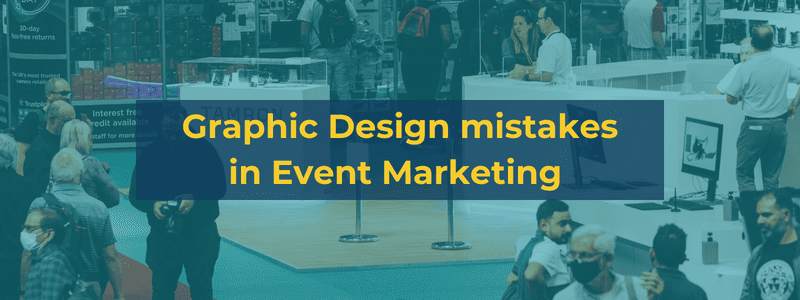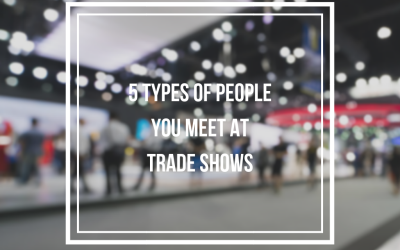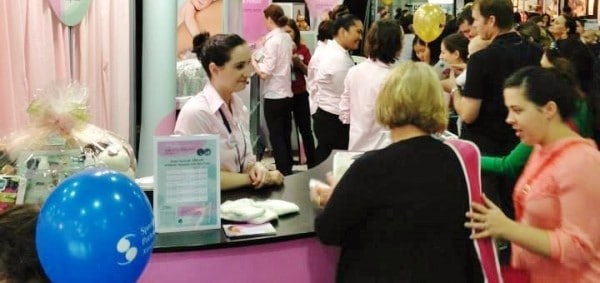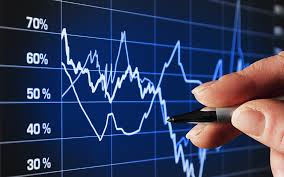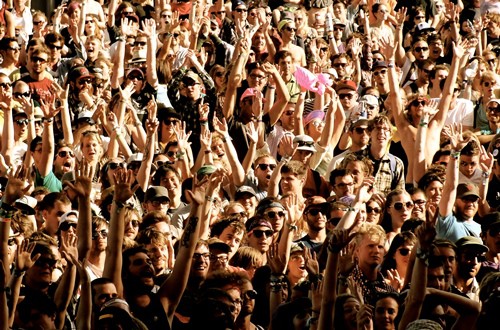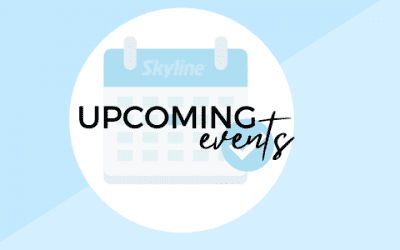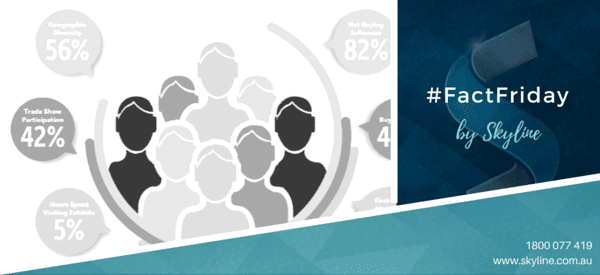By Anusha Suvarna,
Trade shows rely heavily on capturing attention and communicating important information. Graphic design serves as the visual storyteller, capturing all the aspects of the event and enticing potential attendees.
To ensure you have started on the right foot, pay attention to the crucial role that trade show booth graphics play in creating an impact and maximising the potential return on your investment.
In this discussion, we delve into the critical aspects of graphic design in event marketing that can hinder the promotional impact.
Here are some of the common graphic design mistakes to avoid at trade shows:
Visual Clutter
In the realm of events and trade shows, visual clutter is predominant. The surplus use of design elements such as graphics, signage, and promotional material can significantly challenge effective communication or confuse visitors.
Visual effects play a psychological effect that helps to attract visitors to your stand. Always remember that the “less is more” cliché couldn’t be more applicable when it comes to designing your graphics. To create a successful display, minimising visual clutter and creating a clear and inviting presentation is important. Simplifying messages, prioritising information, employing white space strategically, and maintaining a consistent colour palette are vital strategies. Too many graphics or images of text can also overwhelm the display.
Keep your messaging clear and concise. We believe that approachability, relatability, and a minimalistic look are key to creating high impact through visuals. Most importantly, use high-resolution images and graphics to maintain visual clarity. Blurry and pixelated visuals can also contribute to clutter. Finally, make your branding elements, such as logos, colours, and fonts consistent throughout your display. This makes you look professional!
Lighting
One of the most common mistakes is insufficient illumination, leading to dull and unclear graphics that attendees struggle to engage with. Inconsistencies in lighting can also distort colours and textures, disrupting the intended visual experience.
Lighting plays a crucial role in the design of an exhibition booth; however, many exhibitors insist on not emphasising it. Lighting can significantly enhance or diminish the effectiveness of your exhibit. Lighting is not just about visibility; it’s also about creating an ambience that creates a warm and relaxing atmosphere, which allows you to engage attendees emotionally.
Overcoming this challenge involves a strategic approach and collaboration between designers and event experts. Start by assessing the event venue’s lighting conditions to understand the available fixtures and their intensity. Try to utilise high contrast, clear and bold fonts, and colours to maintain visibility and readability under varying lighting intensities. Additionally, skilful lighting can create depth and dimension within your booth, making it visually appealing. This can be achieved through techniques like backlit graphics and spotlighting key elements.
Excessive Messaging
Overdoing your copy is a common mistake companies make while designing graphics. When you have much to say about your company, it’s tempting to portray that to your audience and discern what to edit and include in your marketing materials. To overcome this, designers should focus on clarity and conciseness, distilling key information into a clear and easily understandable message. As there is little room for your branding elements and texts, think of an elevator pitch focused on your prospects and draws them to your booth. Your messaging should reflect your brand voice and personality. Editing, proofreading, and gathering feedback can also help to refine the content, ensuring every piece of information serves a purpose and contributes to the overall message.
Stick to your brand.
While branding is an essential part, serving as a foundation for a cohesive and memorable brand image and inconsistency in its application across various materials can create confusion. There needs to be a thread of consistency across all the brand elements such as logos, colours, fonts, and overall style as they relate to the company’s brand conventions and standards helping to maintain an understanding of your brand identity and messaging across the experience of the product.
Consult a graphic designer with your trade show booth design ideas and have them help you design it so everything flows just right.
Trade Show Planning Timeline (PDF)
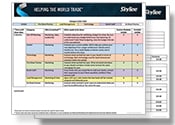 Download this all-in-one trade show planning timeline to keep track of your trade show deadlines. Our timeline includes exhibit design & build tasks, technology considerations, pre-show promotions, booth staff tasks, lead management and miscellaneous items.
Download this all-in-one trade show planning timeline to keep track of your trade show deadlines. Our timeline includes exhibit design & build tasks, technology considerations, pre-show promotions, booth staff tasks, lead management and miscellaneous items.

